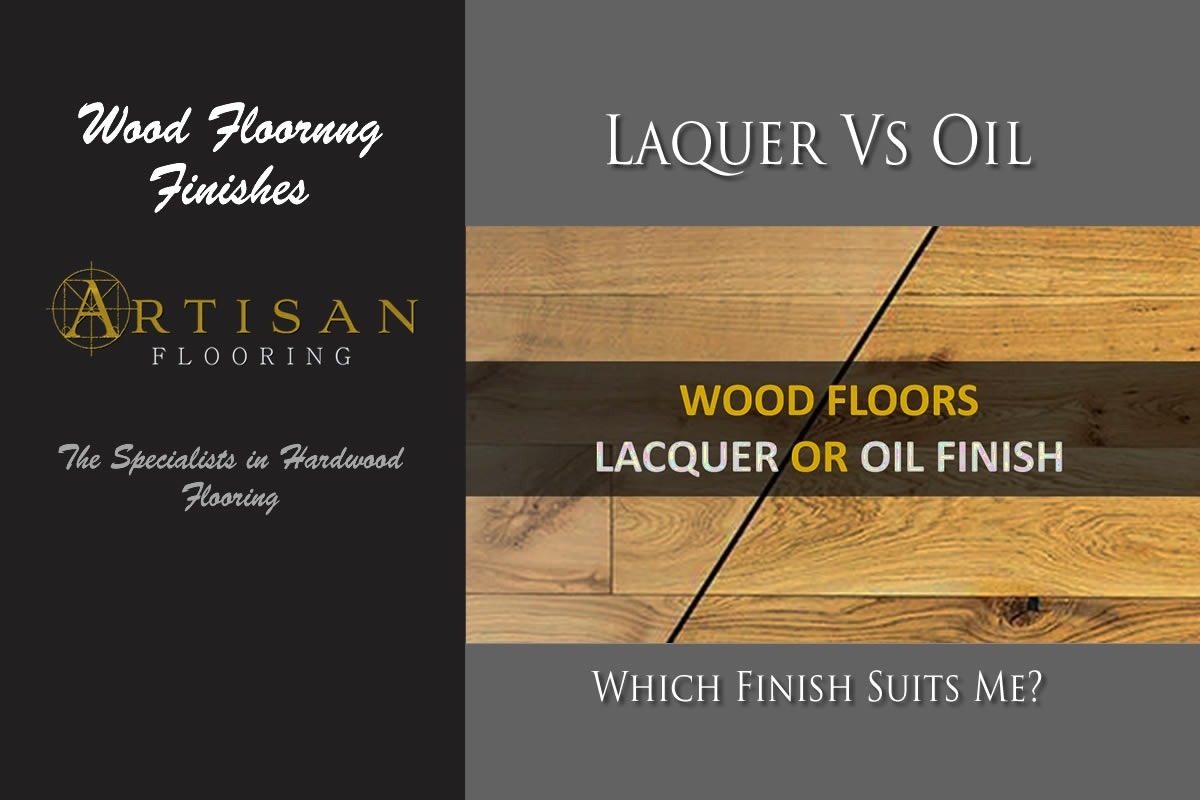Effects of Flooding with Engineered Wood
Engineered wood flooring is constructed of multiple layers of wood, typically with a thin veneer of hardwood on top, adhered to layers of plywood or other wood materials. This structure gives engineered wood flooring some advantages over solid hardwood when it comes to moisture resistance, but it's still wood, and it is not immune to the damaging effects of floods.





